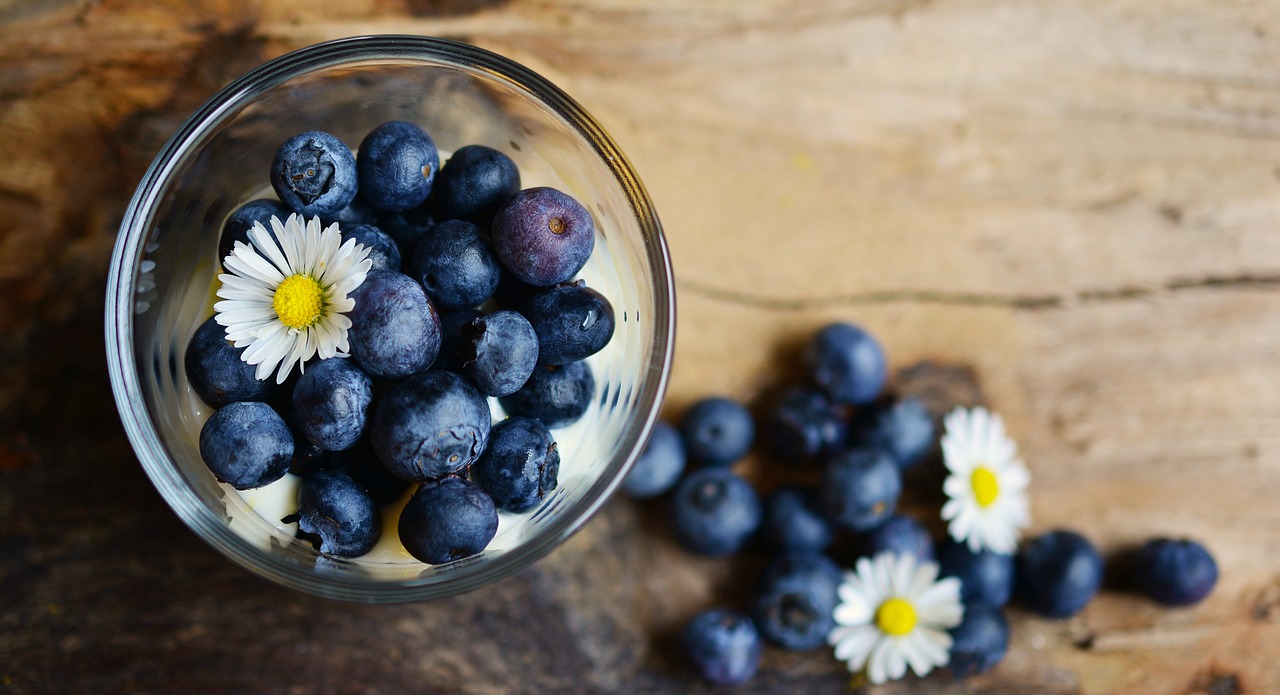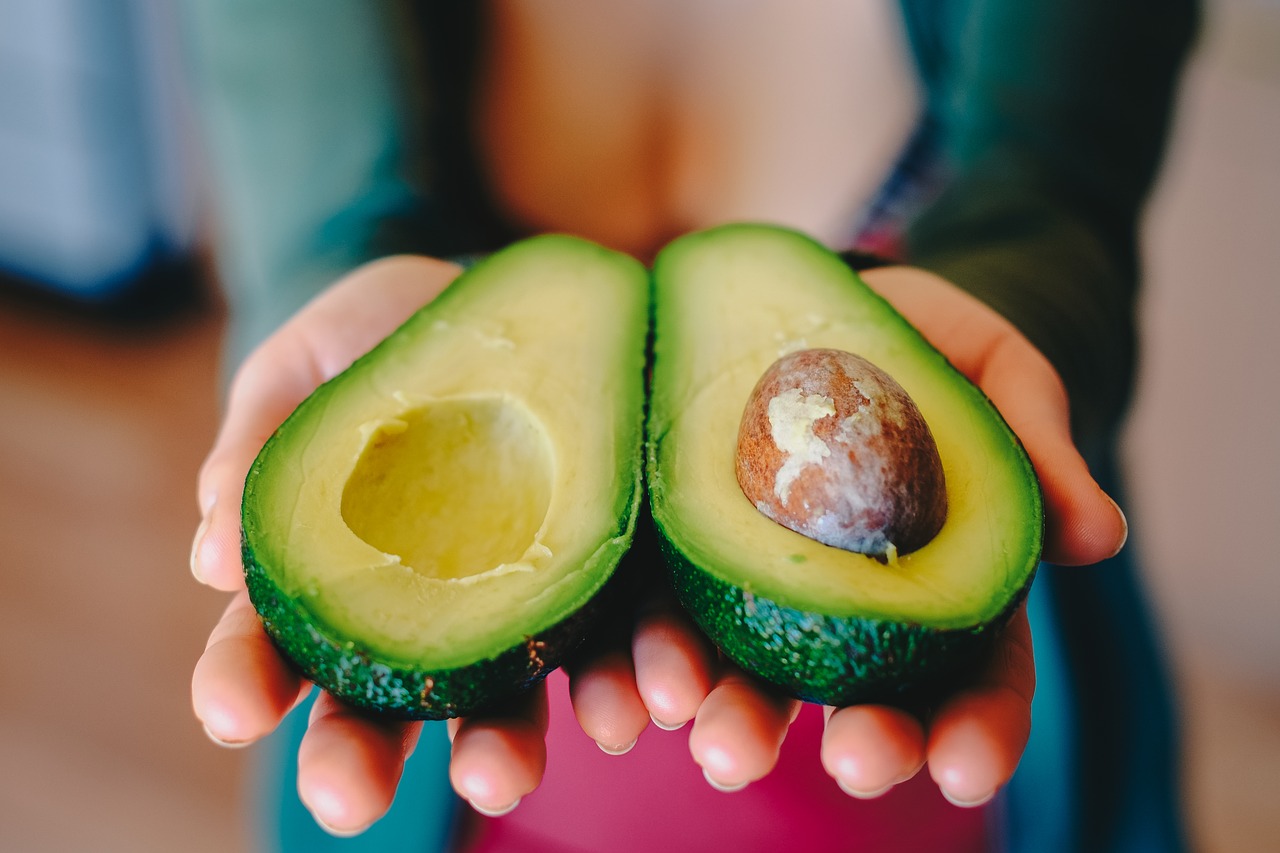So many times I’ve heard people tell me that a healthy lifestyle with lots of fresh fruits and veggies is just too expensive…but the truth is, it’s very possible to do it on a budget (and I have been for years!)
Without further ado, then, here are the top 11 tips I actually use in real life, and the entire reason I can actually afford to eat so many fresh fruits and vegetables in my plant-based lifestyle:
-
Shop the discount bins.
Most conventional grocery stores have better discount bins than the natural food stores, from what I’ve seen. You just have to look for them to find out which places offer them, and sometimes you even have to ask the produce manager what kinds of extra fruits and veggies they have on hand but don’t think they’ll sell in time. For example, I bought about 20 lbs of ripe bananas the other day and paid about $0.29/lb. Most of them got cut up and frozen and later became banana ice cream. Another time they had organic apples in there for less than a dollar per pound. The other day I picked up some pomegranates for $0.50 each…you get the idea.
-
Eat bananas.
They’re high in calories and nutrients, and they’re cheap pretty much anywhere you go. In most places I’ve lived, bananas are cheaper than other fruits…so if bananas are expensive in your area, then each time I say “banana” in this paragraph, pretend I said the name of your cheap fruit :D. Get them right before the store is ready to get rid of them, (see the previous tip,) and save even more! Bananas are great straight up, but if you don’t like them that way, try them in smoothies, with a bit of almond butter, in a fruit salad, on your morning cereal/granola, as banana ice cream, etc.
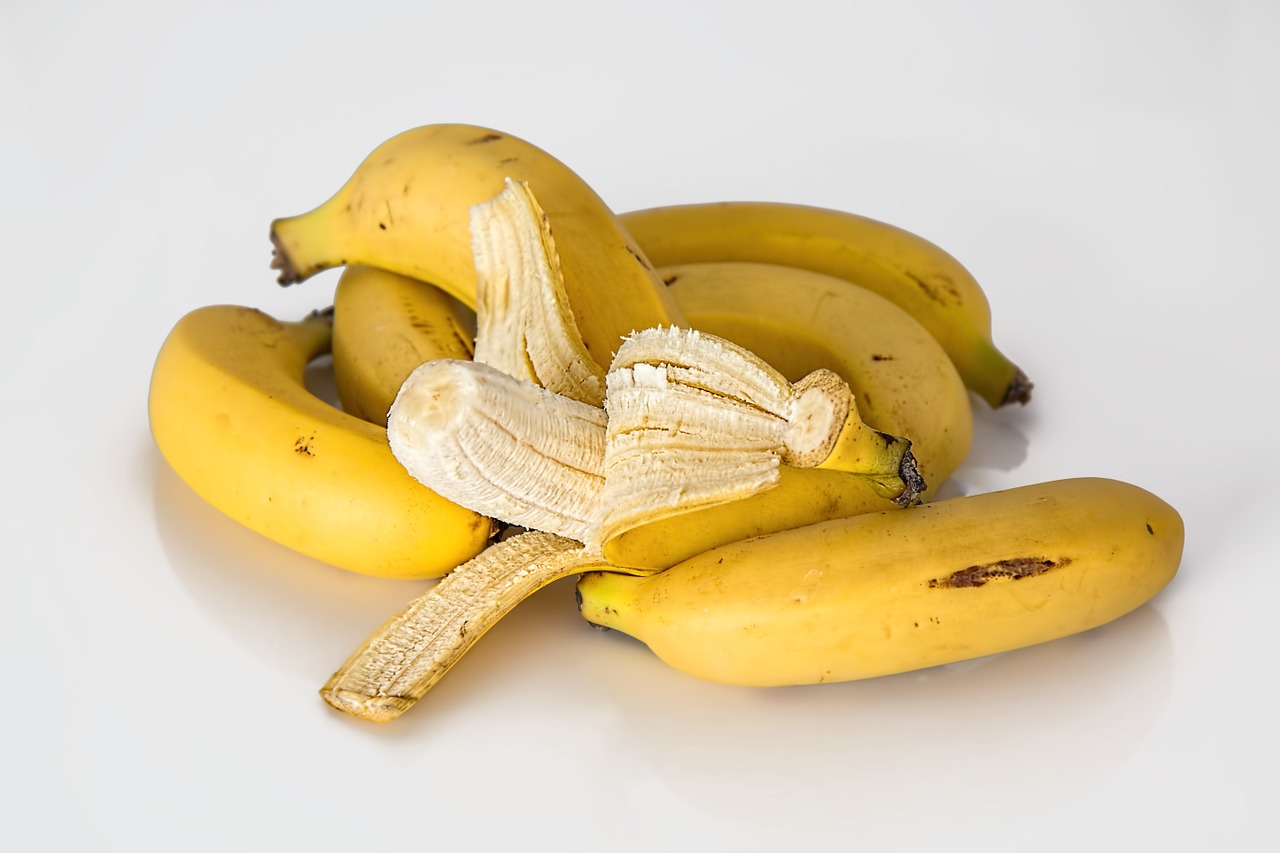
stevepb / Pixabay -
Freeze fruit to prevent it from going bad.
Remember how I said I bought all that fruit from the discount bins? I froze most of it. As much fruit as I eat, even I do have a limit! Stores sell fruit in discount bins because they think it might go bad SOON–but it isn’t bad yet, so cut it up into slices or cubes and freeze it to make sure it doesn’t ever get there. Frozen fruit is great in smoothies, which leads us to our next tip…
-
Learn to make GOOD smoothies out of fruit on hand.
Smoothies should be a staple! Have them for breakfast, lunch, or even dinner if you’re feeling dedicated. Throw a handful of spinach in there to pack in some extra nutrients, or don’t if the whole green smoothie craze isn’t your thing. They’re a great way to use any fruit that you had to freeze (freeze fruit to prevent it from going bad). You can cram all kinds of nutrients into a smoothie–nutrients from whole, raw foods. Try bananas + almond milk + strawberries, or mangos + oranges + almond milk, or peaches + mangos + almond milk + banana, etc. If you need to increase the sweetness, throw in some stevia or agave nectar. Want to up your omega-3s? Boost your smoothie with a spoonful of flax, chia, or hemp seeds. You get the idea. If you would eat the ingredients straight up as they are, you’ll probably like them in a smoothie. If you’re just starting out with smoothies and don’t have any favorite combos yet, start by making smoothies with only 2 fruit ingredients, plus almond milk to blend, and perhaps some sweetener if you prefer it. Once you get good at these, try smoothies with 3 ingredients, and so on. Do this EVERY DAY, and you’ll have your own signature smoothie combinations in no time! IMHO, learning HOW to make good smoothies without a recipe is more important than having a bunch of recipes, because the ingredients in your favorite recipe won’t always be in season or available for a reasonable price.
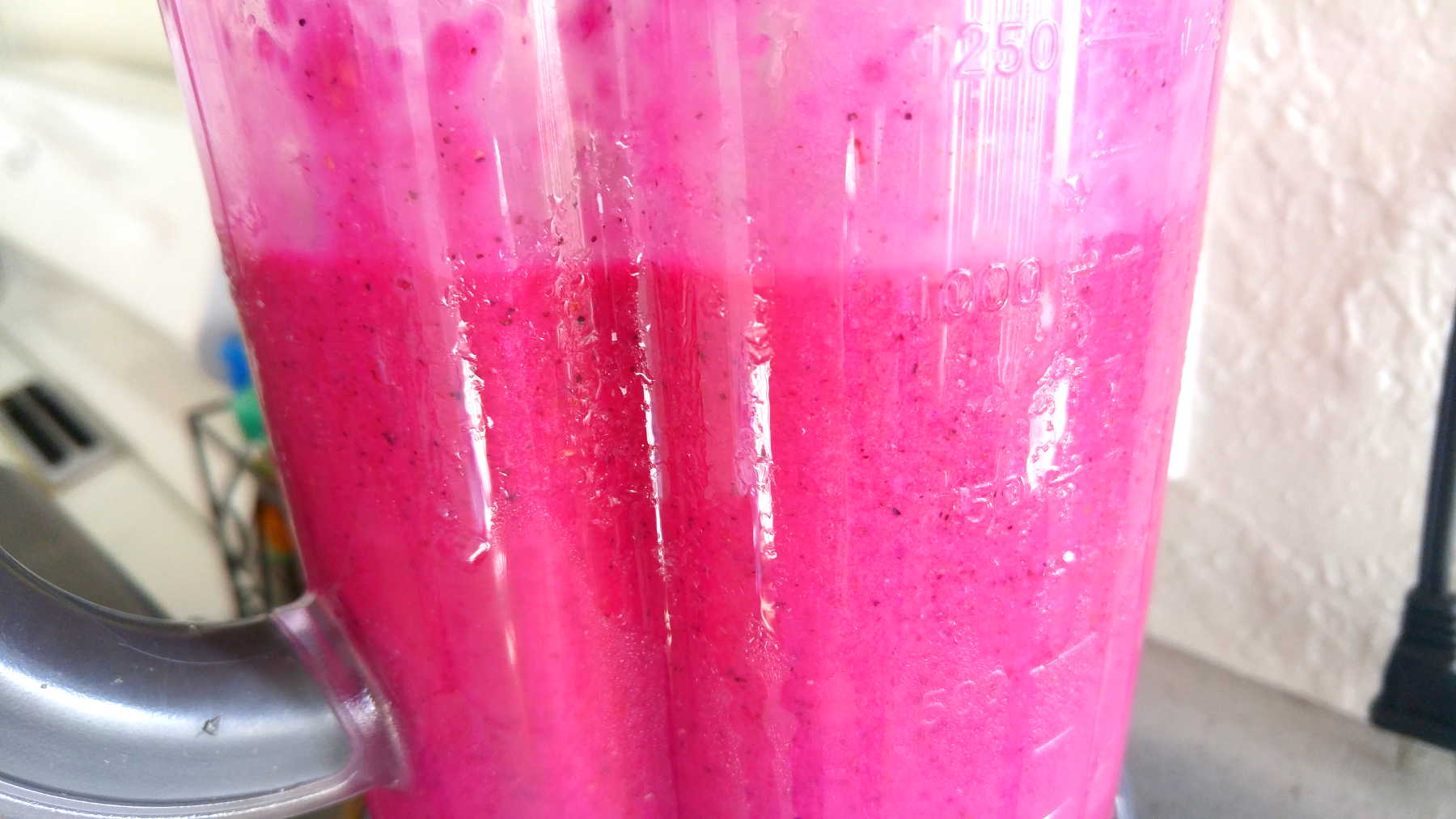
-
Make your own kale chips.
I chuckle when I see kale chips for sale in some of the higher end grocery stores these days for $7-$12 for a tiny bag. I buy organic kale for $1, on discount at the farmers’ market and make my own. Just chop up some kale, sprinkle on your favorite spices, and dehydrate. You can dehydrate them either in a dehydrator, or in your oven on the lowest setting with the door open if you don’t have a dehydrator.
-
Stop buying all those specialty items!
The second I see a recipe book with ingredients like lucuma powder, goji berries, Incan goldenberries, preparation times that require several days, etc, I put it down. I’m sure the recipes are delicious–I’m just not willing to make a pie that costs $8 a slice to procure. Now don’t get me wrong–these gourmet recipes have their place, but they’re not for everyday use, unless you enjoy spending your entire paycheck on groceries. Again, no disrespect to these authors–it’s just not in my price range since I do this lifestyle on a budget. Save gourmet stuff for special occasions.
-
Don’t buy everything organic.
Yep, I said it. There is a list called the dirty dozen that tells you which fruits and vegetables you SHOULD buy organic, since they’re the ones that tend to retain the most in pesticides and chemicals. There’s another list of the fruits and vegetables you CAN buy non-organic, since they tend to contain fewer pesticides. This list is called the clean fifteen list. Fruits and vegetables on the clean fifteen list tend to be relatively low in pesticides, making it ok to get things like avocados and onions non-organic without worry.
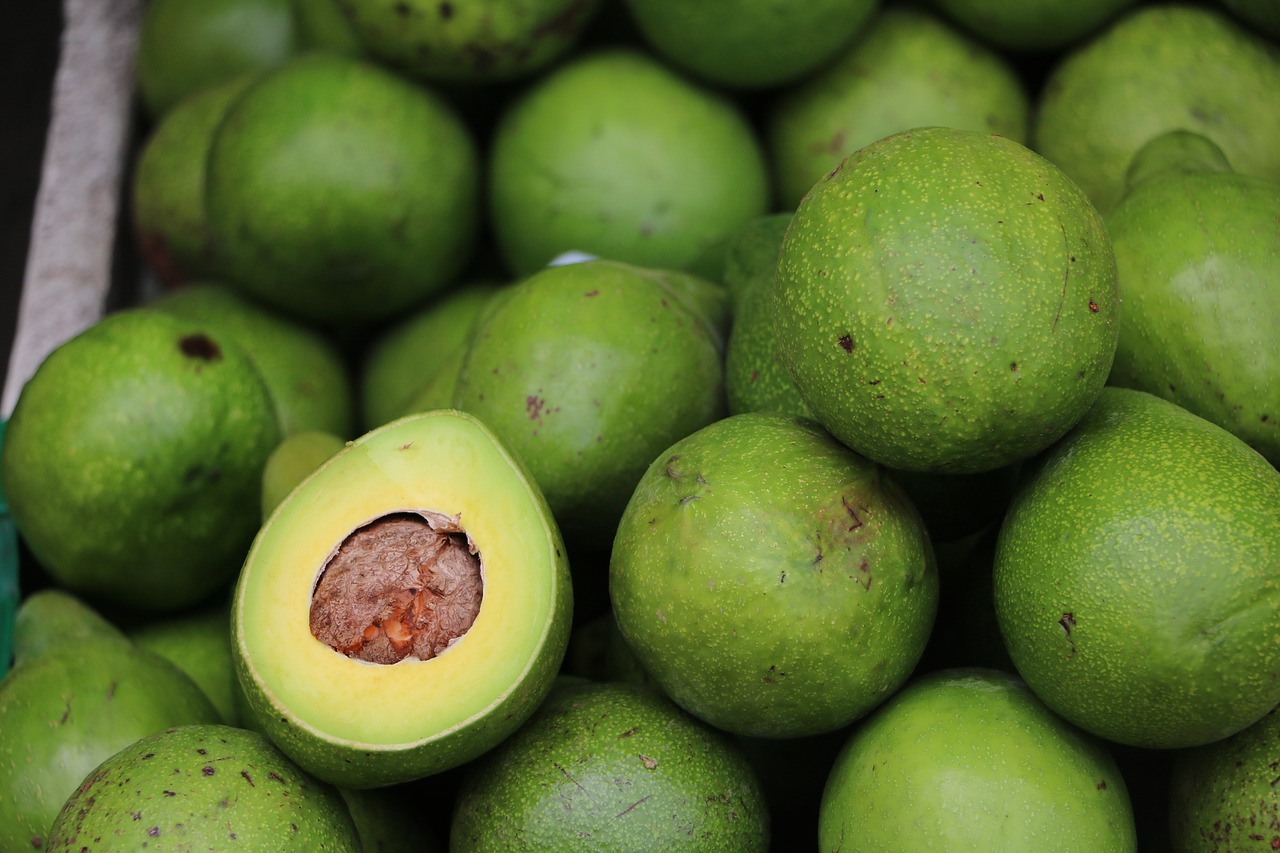
Ma_Rika / Pixabay -
Buy in bulk.
Find your local health food store, and hit the bulk bins. There will generally be some sort of setup where you can scoop as much as you want (or as little as you want) into a bag and then pay by the weight of whatever you got. Here are just a few of the things you’ll find in bulk bins at many natural foods stores: sunflower seeds (sprout them, make sunflower butter, add to smoothies), buckwheat, quinoa, pumpkin seeds, various types of nuts, etc.
-
Learn how to get discounts at the farmers’ market.
Check to see what farmers’ market(s) are around you. Now check to see when they close. Show up shortly before they close, and you’ll notice that farmers are already starting to pack up. At this time, they’re often willing to sell off whatever is left for much cheaper than the regular price. You can even offer to help them load up the truck in exchange for a bag or two of free produce. I have a friend that uses this method and got an entire freezer full of veggies that took a month to eat!
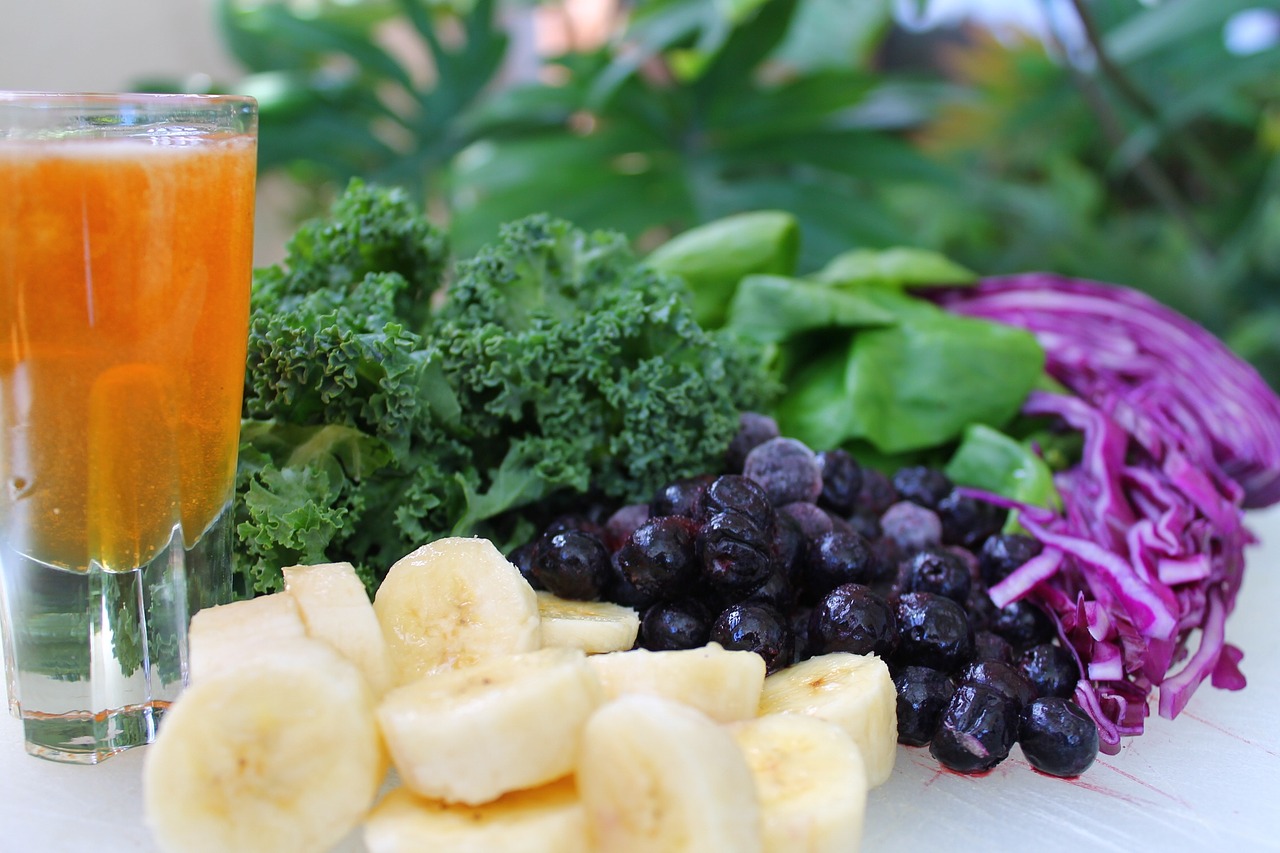
abimansoor / Pixabay -
Make a list before you go shopping.
Not just any list, though–here’s what you do: 1) Check the sale ads for your grocery store to see what fruits and vegetables are on sale. 2) Go pick some recipes that use those items as the main ingredient. Make your list around what you need for the recipes. 3) Now comes the hard part: Go to the grocery store and ONLY buy what’s on your list. This is hard because grocery stores are set up by marketing professionals who KNOW how to tempt us…so stay strong, stick to your list, and your wallet will thank you.
-
Buy seasonal.
You can get a good idea of what’s seasonal and what isn’t by looking at the prices in the grocery store. Usually, things that are seasonal will be on sale, which is obviously another plus. Seasonal fruits and vegetables taste better, too. They’re less likely to have been transported in from far away or artificially ripened.
What is your favorite way to save? Do you have any other tips that should be on this list? Post them below in the comments!
